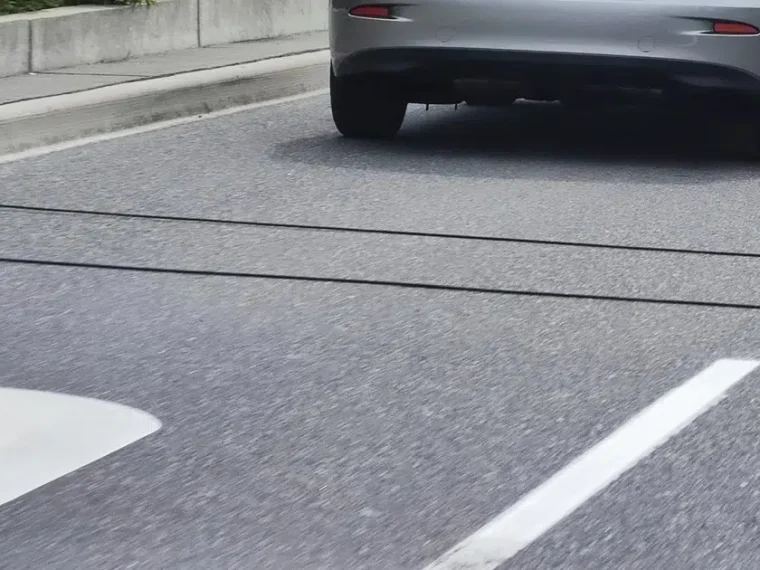
They’re not just about traffic volume either. If there’s a stretch of road where people are constantly speeding, the data from these tubes can help flag that. Maybe nothing happens. Or maybe the city installs speed bumps, or those digital signs that flash your speed at you and make you feel personally attacked.
And apparently, they also help with bus planning. I didn’t know this. But let’s say a bus route keeps getting delayed during rush hour—this kind of data can tell the city if it’s traffic or just bad timing. That’s how they decide whether to adjust schedules, add a lane, or change the route.
Even snowplow schedules, weirdly enough, can be influenced by this kind of traffic monitoring. Like, roads that don’t get much traffic might get de-prioritized in winter storm plans. I had no idea. I thought it was just bad luck that my street always gets cleared last.
What’s kind of amazing is how invisible all this is. You drive over a cable—doesn’t beep, doesn’t flash, doesn’t ask anything from you—and yet it’s collecting real-time data that shapes the infrastructure around you. It’s like the road’s keeping a logbook and you’re in it, whether you like it or not.
And yeah, sometimes it feels like cities make bad traffic choices anyway (ok, more than sometimes), but honestly, the data doesn’t lie. If anything, it’s the best argument for not just going with gut instinct. This little air tube knows how many people drove over it at 7:14 a.m. last Tuesday. Your memory doesn’t.
I’ve started noticing the cables more now. There’s one near the school where the traffic gets ridiculous every morning. Another by the mall. They’re not always there long—usually a few days, maybe a week—but they always show up before something changes. Like a warning sign that the city’s about to make a decision.
Those black cables are just doing their job. Quietly, which, honestly, is kind of refreshing.
Also? No, they’re not recording your license plate. Probably.





